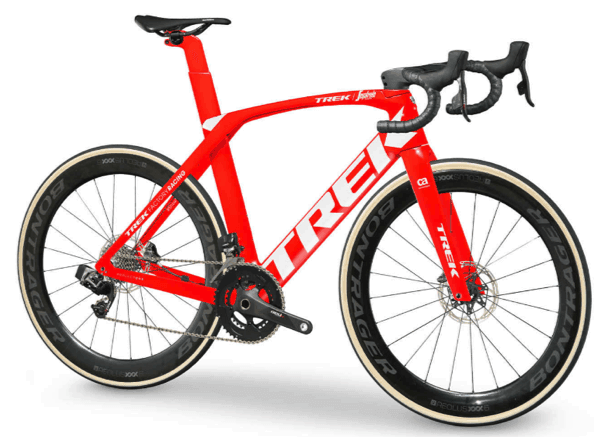 By Rick Schultz, MBA, DBA
By Rick Schultz, MBA, DBA
So, you are getting a new bike at the end of this year and are thinking about doing some racing! Love the enthusiasm! But, wait a minute…which bike are you planning to buy? Is it suitable for racing (and training)? Are you sure this is the correct bike for you?
And, speaking of racing, you probably need someone to help guide you through the process of joining USAC, picking the right first race, signing up, figuring out what you’ll need to bring, and all of the other little things that can make or break your first experience racing. This helpful person is a coach, who can also help you by training right, and, just so you know, all of the successful racers are being coached. One example of a great group of coaches is Peaks Coaching Group.
Before You Get a Coach
But before you hire a coach, consider going to a bike fitter first. Find a fitter who understands the entire bike sizing, purchasing, bike fitting and coaching process. A good bike fitter might also be a coach, and can often recommend the basics, as well as the right equipment, clothing, shoes, etc. to get started.
It’s important to get started with the right bike, and especially the right sized bike.
Questions and suggestions the fitter might discuss with you include whether it is your first year of racing, and your bike budget. A fitter will generally recommend not buying that uber-ultralight, $12,000 full carbon fiber race bike with carbon wheels like the Trek Madone pictured below.

Instead, he or she will want to get you onto a high-quality, fairly-light $900-$1,400 aluminum bike. As a first-time racer, you won’t be any faster on a $12,000 bike than a $1,400 bike anyway. For the first year or two, you will be learning the skills needed to race and more importantly how to have fun racing. Then and only then should you start looking for your dream bike.

There are a lot of great $900-$1,400 bikes out there. Generally speaking, all bikes are very good now.
Once you have the right-sized bicycle, it’s time to dial it in with a professional bike fit.
A good fitter will not only perfectly fit the bike to you, but will also help you understand how you should sit, hold the bars, set up the brakes for criterium racing, etc. He or she might also start working with you to get you started with some training drills before you seek out a formal cycling coach.
Pre-Coaching To Do List
Some things I think a rider needs prior to coaching are:
- Take an FTP test. (Functional Threshold Power, which is often defined as the highest average power you can sustain for an hour.)
- Learn and practice some basic bike handling drills to build your skills
- Learn some pedaling drills
- Attend a USA Cycling Beginning Racer Program event
- Get advice on cycling equipment you’ll need like a good helmet, sunglasses, jersey, bibs, gloves and the right shoes/pedals/cleats
- Get advice on what to expect from a coach
Since most coaches will assume you already know all of this, they will start you with an ATP (Annual Training Plan). But as you can see, there are a lot of check-boxes to be ticked before choosing a coach and heading to the start line for your first race.
I hope this short article helped you get an idea of what you need to prepare for your first race. I think it bears repeating that you should be sure to attend an excellent USA Cycling BRP program if you can find one that is within a reasonable distance.
This article is right on. Develop skills on a steel or aluminum or not new bike before big investment on a high end bike.
Solid article. Good advice!